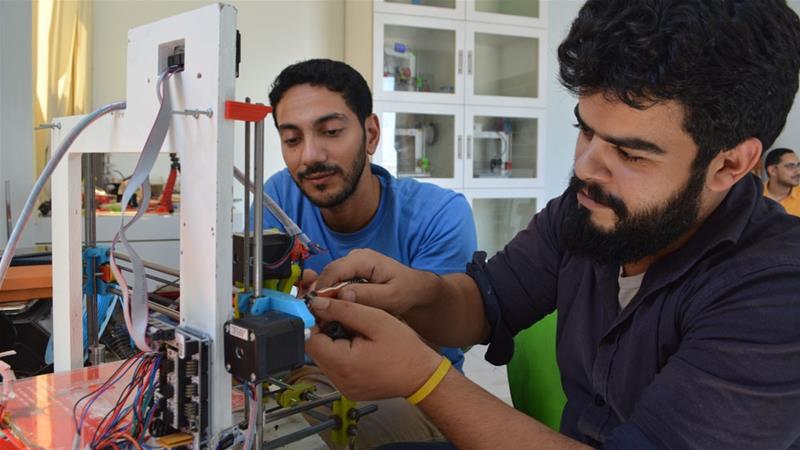
Dr. Tarek Loubani is a Palestinian-Canadian doctor who has devised an innovative way to provide affordable medical equipment to the doctors and hospital of Gaza: 3D printing. Dr. Loubani was interviewed about this project by Logic magazine, a tri-annual journal about technology and culture. As he explains, standard commercial medical equipment is hard to obtain in Gaza, both because of the Israeli blockade and because of proprietary restrictions on the equipment. His project aims to not only skirt the blockade, but also develop a source of affordable, accessible medical equipment in a place where it is desperately needed. Here’s an excerpt from the interview:
Let’s talk about how your medical devices are printed on the ground in Gaza. 3D printers use plastic to create objects. Where do you get the plastic?
It’s recycled ABS plastic. Gaza actually has a 100 percent recycle rate because no plastic is allowed in.
Really?
Yeah, almost everybody’s plumbing in Gaza is made out of recycled plastic. It’s really quite wild. For the printers, we use recycled ABS and we mix in as much virgin plastic as we can get because you always need some virgin plastic — there’s no such thing as 100 percent recycled plastic — but sometimes it’s not very much.
Where do you get the ABS from? I’m imagining a bunch of plastic bottles.
You’re halfway there. Plastic bottles are made out of a material called PET. We don’t use PET; we use ABS, which is the plastic that’s in Lego pieces. It’s also in chairs and tables, picnic tables, shit like that. What happens is: you take those plastic parts, you grind them down, you wash them and dry them. Then you melt them and extrude them into spools of “filament,” which is what 3D printers use to make things.
To process all the recycled plastic in Gaza, they’ve made their own recycling machines, their own grinders, and their own cleaners.
Image via 3dprintboard.com.